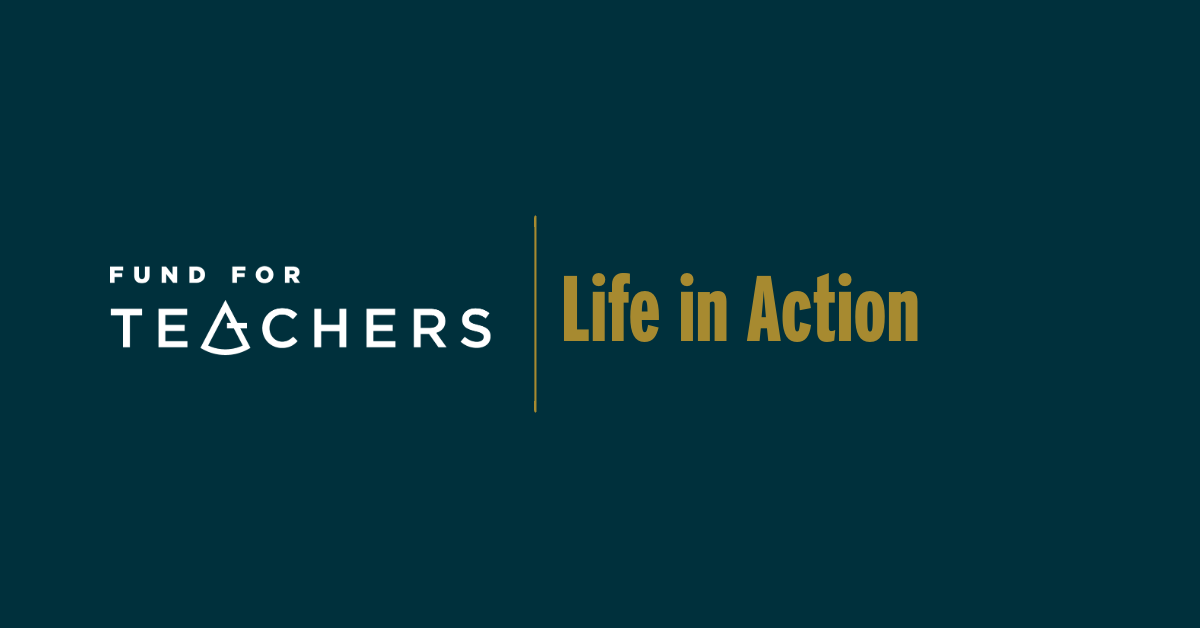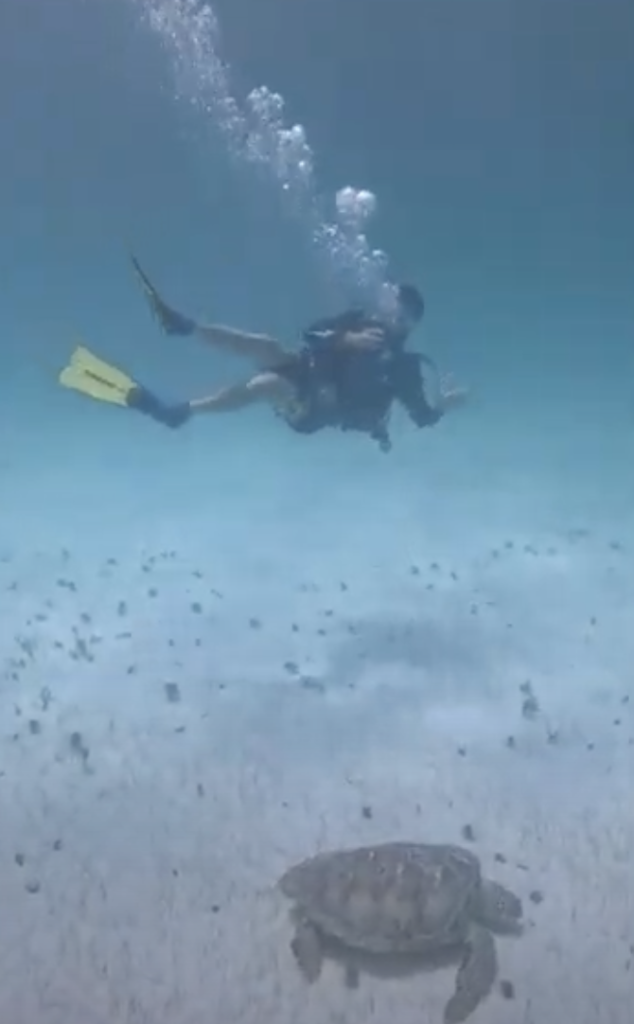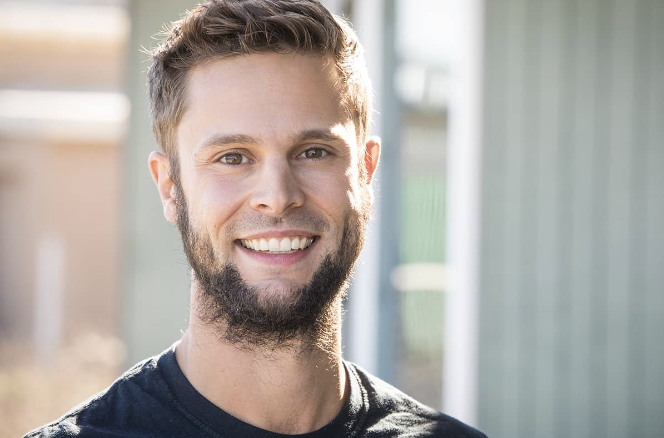Life in Action

Students at Life Learning Academy are disconnected – literally and figuratively. Many of the students live on campus, located on Treasure Island in the San Francisco Bay. Also, students arrive after experiencing life traumas, often involving the juvenile justice system, and not finding success in traditional school settings.
Kevin Hicks arrived at Life Learning Academy with his own unique trajectory, including growing food at a commune in the foothills of the Rocky Mountains, founding a rowing studio gym, and working as laboratory scientist at the United States Department of Agriculture.
The common denominator between students and teacher? According to Kevin, meaningful connections, worldly lived experiences, and adventure — the same components of a Fund for Teachers fellowship.
Last summer with a $5,000 Fund for Teachers grant, Kevin participated in the Marine Conservation program hosted by Global Vision International in Puerto Morelos, Mexico, to support the management and conservation of the Mesoamerican Barrier Reef. Working alongside national and international non-profits and government organizations, Kevin collected data, participated in coral nursery and management and joined beach clean-ups in the Mexico Caribbean Marine Biosphere Reserve, which is one of the largest ecosystems globally, and the largest national marine biosphere reserve in the Caribbean.

Afterwards, he studied Spanish with a tutor in Quintana Roo, improving fluency to better teach one-third of his students who are Spanish speaking.
“I got to see ‘Science as a human endeavor,’” said Kevin. “As humans, we have limited capacity. It made most sense to train us to be able to identify selected target species [such as sea turtles]. This way we focused on specific species that provide crucial data.”

Kevin relies on a similar targeted approach when teaching his “Earth Optimism in Action” ecology class, focusing on specific issues that provide opportunities for collaboration and change.
“My students choose a local environmental issue for which I supply 1-2 resources for them to contact for more information,” explained Kevin. “As the name of the class implies, they are empowered to take action and reach out to local organizations for more information. Their final project will be an ‘Action Plan’ with the help of the local agency to address the issue at hand. My fellowship will be used as my example for their final project.”
Through this class (and his fellowship), Kevin models more than environmental stewardship and hands-on science. He exemplifies for his students Life in Action.
“As an educator, it is my responsibility to be a role model, and I would like to be a role model of a global citizen who takes action in the world for the things that I care about,” he said. “I deeply care about our natural environment, and particularly the oceans’ health. I want to show my students, by my actions not just my words, that their actions matter.”

Kevin Hicks became a teacher through the US National Science Foundation’s Robert Noyce Teacher Scholarship Program. He also serves as director of education and first mate for Sea Valor, Inc., a nonprofit dedicated to improving life quality for Veterans, First Responders, those with PTSD and families affected by suicide.
 Back to Blogs
Back to Blogs